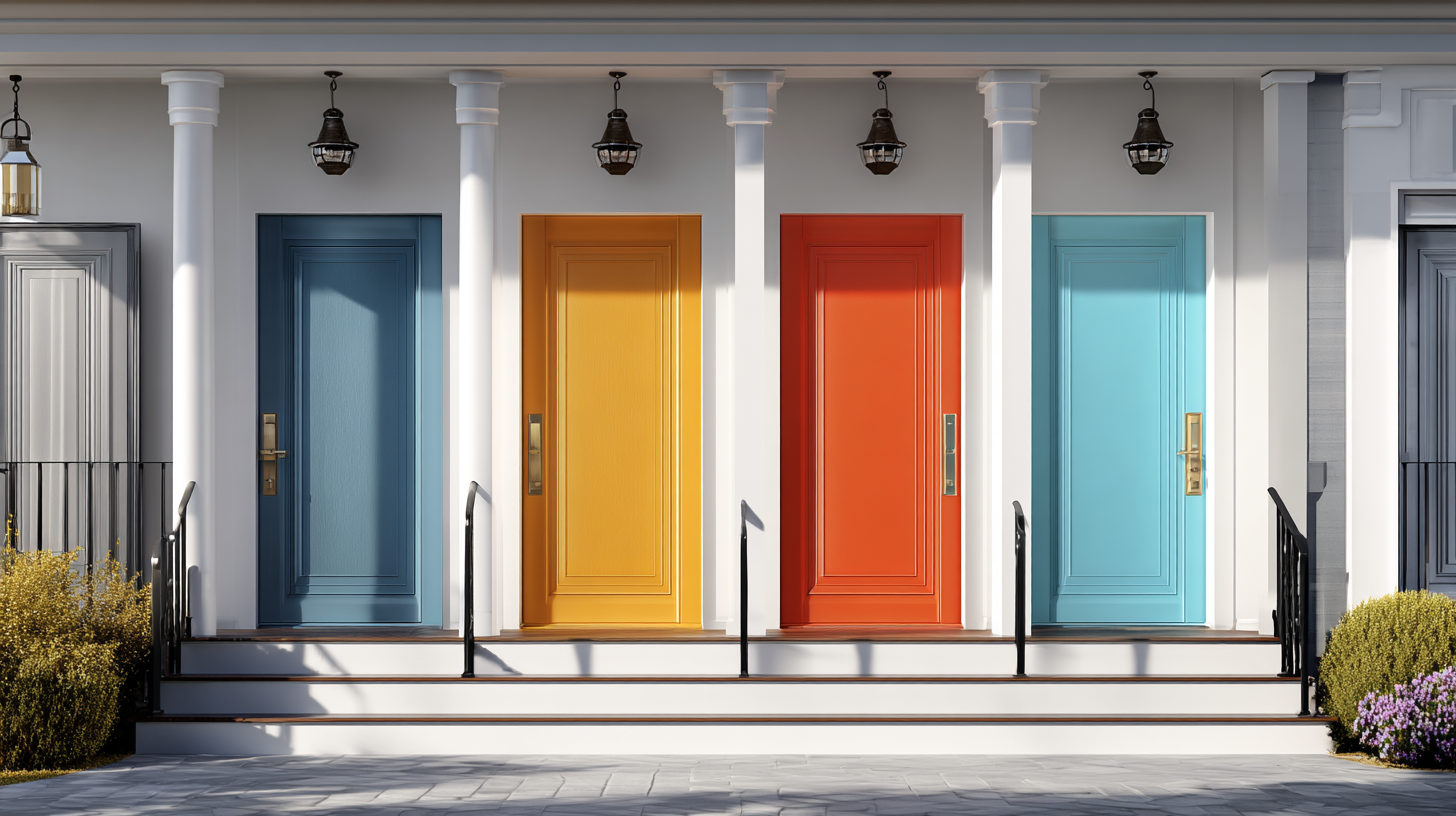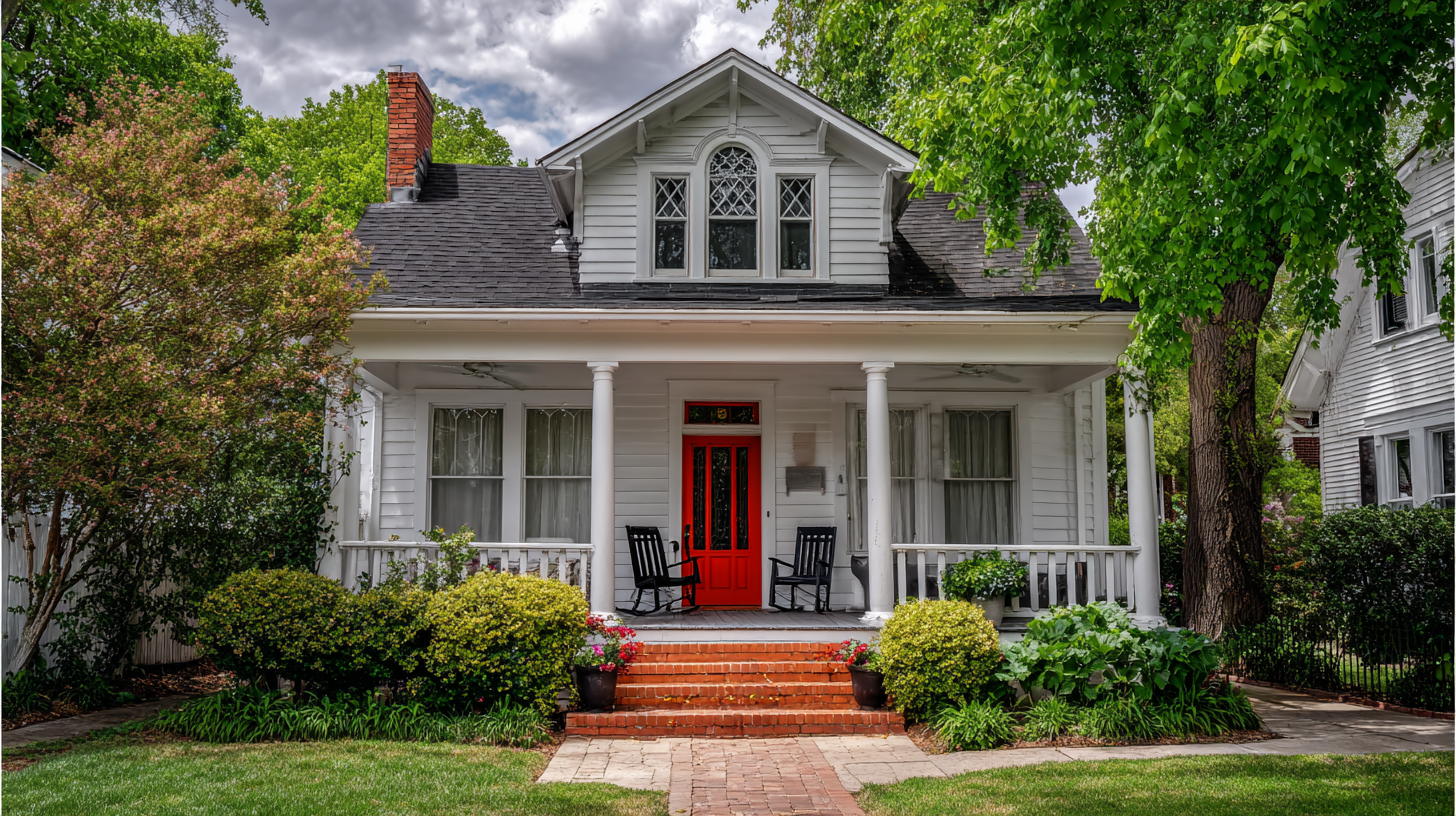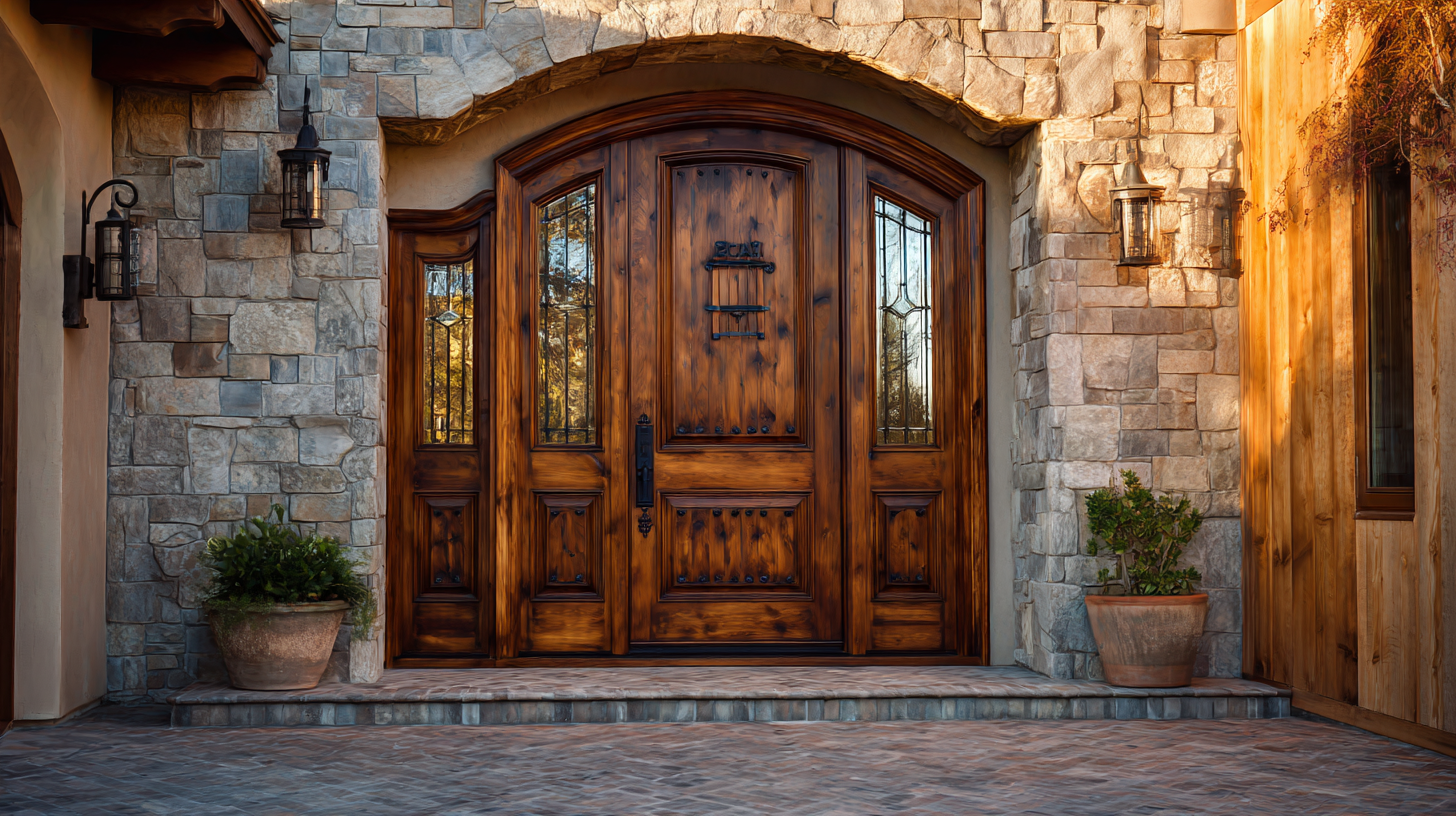When it comes to enhancing the curb appeal of your home, choosing the perfect front doors is a critical decision that goes beyond mere aesthetics. Front doors serve as the first impression for guests and potential buyers, reflecting not only the style of your home but also the personality of its inhabitants. With a myriad of options available, including various materials, designs, and finishes, selecting the right front door can seem overwhelming. However, understanding the architectural style of your home, considering your climate, and prioritizing security and energy efficiency can guide you in making the ideal choice.

This guide will explore essential factors to consider when selecting front doors that not only complement your home’s design but also enhance its functionality and invite warmth and character into your space.
Selecting the right front door style is crucial for achieving harmony with your home's architectural design. Different architectural styles dictate specific door designs that enhance the overall aesthetic. For instance, a Craftsman home often features a solid wood door with intricate glass panels, embodying rustic charm and craftsmanship. According to a 2022 study by the National Association of Home Builders, about 50% of homebuyers prioritize the visual appeal of the entryway, highlighting the impact of front door selection on property value and curb appeal.
In contrast, modern homes may benefit from sleek, minimalist doors made of fiberglass or metal, which convey a contemporary feel. Data from the American Institute of Architects indicates that homes with modern front door styles are 30% more likely to attract buyers in urban markets. Therefore, understanding your home’s architectural style not only helps in selecting an aesthetically pleasing door but also enhances marketability when considering future sales. Matching your door choice to your home’s design ensures that it complements the overall look, making it a worthwhile investment.
When selecting the perfect front door for your home, the materials you choose are paramount, influencing both durability and energy efficiency. According to the International Doors and Windows Association, fiberglass doors, for example, can offer up to five times the insulation value of a typical wood door, making them an excellent choice for energy efficiency. This superior insulation not only helps maintain the desired temperature within the home but can also result in lower heating and cooling costs, thus providing significant savings over time.
Aesthetic appeal is another critical factor in your decision. A survey by the National Association of Home Builders indicates that 70% of potential homebuyers prioritize curb appeal, often influenced by the front door's design and material. Steel doors, with their modern finish and superior security features, have gained popularity for contemporary homes, while traditional wooden doors continue to exude charm and warmth for classic-style residences. Ultimately, selecting materials that align with your home's architectural style and your personal preference is essential in achieving a perfect balance between durability, efficiency, and aesthetics.
| Door Material | Durability | Energy Efficiency | Aesthetic Appeal |
|---|---|---|---|
| Wood | Moderate | Good | High |
| Fiberglass | High | Excellent | Versatile |
| Steel | Very High | Good | Moderate |
| Aluminum | High | Very Good | Sleek |
| Vinyl | Moderate | Good | Low |
Choosing the right front door color is essential for enhancing your home’s curb appeal and potentially increasing its property value. Color psychology plays a significant role in how a home is perceived, as certain colors can evoke specific emotions and impressions. For instance, a matte black front door is often associated with sophistication and elegance, making it a popular choice among homeowners aiming to convey a sense of luxury. Similarly, light shades, like soft blues and pastels, can give off a welcoming and approachable vibe, which is particularly appealing to prospective buyers.
However, not all colors are ideal for every home. Experts recommend avoiding overly loud or unconventional hues, as they can create a negative impression. Bright shades like neon colors can clash with traditional architecture and turn off potential buyers. Instead, opting for classic colors that complement your home’s exterior style is crucial. Neutral tones like gray or muted greens can enhance the visual appeal of your home without overwhelming it, while also appealing to a wide range of tastes in the market. Therefore, selecting the perfect front door color is not just about aesthetics; it's also a strategic decision that can significantly impact how your home is valued by others.

When selecting the ideal front door, homeowners must prioritize security features alongside aesthetic considerations. The type of locks installed plays a pivotal role in home safety. According to the Department of Justice, a staggering 30% of all burglary incidents involve an unlocked door, highlighting the need for robust locking mechanisms. Deadbolts, particularly those rated as Grade 1 by the American National Standards Institute (ANSI), provide a higher level of security, resisting kick-ins and forced entries much better than standard locks.
In addition to locks, the construction materials of the door itself significantly impact a home's security. A report from the National Association of Home Builders indicates that solid wood or fiberglass doors, which offer greater strength compared to hollow-core models, can greatly deter break-ins. These doors, when paired with high-quality locks, not only enhance safety but can also increase property value by improving curb appeal. By understanding the importance of security features—such as the combination of effective locking systems and durable construction—homeowners can make informed choices that protect their loved ones and property.

In recent years, front door design has evolved significantly to reflect changing market preferences and aesthetics. According to a report by the National Association of Home Builders (NAHB), 80% of homeowners consider the front door as a crucial element of curb appeal, influencing their home’s overall style. The trend has shifted towards materials that combine durability with elegance, such as fiberglass and steel, which are becoming increasingly popular due to their energy efficiency and low maintenance costs.
When choosing the perfect front door, consider the various styles that resonate with your home’s architecture. For instance, contemporary homes often favor sleek, minimalist designs with glass accents, while traditional homes may lean towards rich wood finishes with intricate detailing. To make an informed decision, consult local real estate trends; homes with stylish, well-designed front doors can see a return on investment upwards of 70% according to Remodeling Magazine's Cost vs. Value report.
Tips:
1. Assess your neighborhood’s style to choose a door that enhances your home’s visual appeal while maintaining cohesion with surrounding properties.
2. Consider energy-efficient options that meet local building codes and provide additional insulation, which can lower your energy bills and increase comfort.